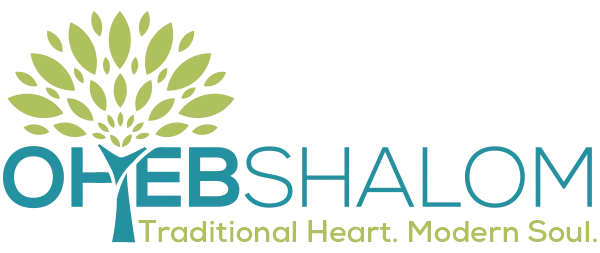We celebrate Martin Luther King, Jr.’s life in just a few days. His relationship with the Jewish community was marked by his friendship with Rabbi Abraham Joshua Heschel. When King asked the Rabbi if he had found time to pray, Heschel famously answered that he “felt his legs were praying” as he stood with King and walked with King in the marches of the mid 1960s.
In the years since King and Heschel’s friendship, the relationship between Jews and Blacks has sometimes been fraught with tension. However, the long history of Jewish support for the Black community and civil rights seem , in the long run, to overcome the tensions.
Today, white Jews are discovering their Black Jewish brethren as we acknowledge the diversity among people who practice Judaism.
The following books, available in the synagogue or public library, are just a few that highlight the history of the Black-Jewish relationship.
Non-Fiction-Adult
Gad The Color of Love: a memoir of a mixed-race Jewish girl (2019)
Greene The Temple Bombing (1996) A readable study of the racially motivated 1958 bombing of The Temple in Atlanta.
Hoffman The Great White Way: race and the Broadway musical (2020)
McBride The Color of Water: a Black man’s tribute to his white mother (1996)
Schneier Shared Dreams: Martin Luther King Jr and the Jewish community (1999)
Schwartz Ghetto: the history of a word (2019)
Twitty Koshersoul: the faith and food journey of an African-American Jew (2022)
Non-Fiction Young Readers
Churnin Martin & Anne: the kindred spirits of Martin Luther King Jr and Anne Frank (2019) Both were born in 1929 and became household names for their words.
Fishman When Jackie and Hank Met. (2012) What happened when legendary Jewish baseball player Hank Greenberg and rookie major leaguer Jackie Robinson literally collided on the baseball field.
Finkelstein Schools of Hope: the Rosenwald Schools of the American South (2014) Young Adult
Michelson As Good as Anybody: Martin Luther King Jr and Abraham Joshua Heschel’s amazing march toward freedom (2008)
Rose The Singer and the Scientist. (2021) The story of the friendship between singer Marian Anderson and scientist Albert Einstein who bonded over their mutual love of music
